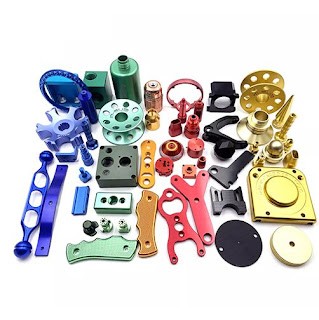Technical Development of Gas Burners
Heating systems, home designs, and other appliances and technologies have evolved over the years as our changing needs and lifestyles have evolved. Several iterations of gas burners have replaced older technologies, all in favor of safer, more efficient gas heating.
Industrial natural gas burners Technology
As gas-fired appliance heat exchangers became more compact in design to improve efficiency, engineers were tasked with building gas burners to improve how to produce the correct type of flame for the appliance heat exchanger. The first example of a major change in gas burner technology involves a change to jet burners. In the new design, many small flames are produced to distribute heat evenly throughout the application. However, as heating systems continue to evolve, so do the needs of heat exchangers.
In more compact heat exchanger designs, the "waste gas" by-products are not free to move, so engineering changes are required to allow these gases to flow through the heat exchanger to the stack connector. As a solution, industrial engineers developed and implemented draft inducers in gas heating systems. When installed on the vent, the inducer draws gas through the heat exchanger, allowing the channel to trap heat while restricting flow without negatively affecting the flame shape or characteristics of the strip burner.

Using premixed burners
In water heaters, the industry is moving away from the sunflower petal flame of the past to a design that typically uses a deflector and premix burner. Premixed gas burners use a mantle design. As the gas enters the mantle and mixes with the air, it illuminates the exterior with energy. The great benefit of premixed burners is that these burners can be applied to high efficiency applications that use a deflector. If a variable speed motor is installed, the burner input can be adjusted to get the energy that best meets the needs of the application. The closer the energy source is to the BTU demand of the load, the more efficient the system will operate.
As these opportunities develop, premixed burners open up new areas of condensing applications, which also help improve heating efficiency. Condensing equipment raises efficiency ratings to levels that were previously unattainable. The concept makes sense, although the application requires an additional heat exchanger. During the combustion cycle, the exhaust gas is discharged as vapor. The vapor consists of hydrocarbons, which contain hydrogen and oxygen. The efficiency increases with the length of time the gas is in contact with the heat exchanger.
Using a modulating premix burner, combined with this special heat exchanger, we can closely match the heating demand or load.

Coke oven gas low NOx burner
Please follow ZHONGLU to buy these burners. The burner creates favorable conditions for the centralized control and automation of the combustion process of the oil fired industrial furnace, especially for the oil fired system of multi nozzle and multi-stage heating of large industrial furnace. It has the outstanding advantages of group control, convenient automatic control, simple system and easy adjustment.

评论
发表评论